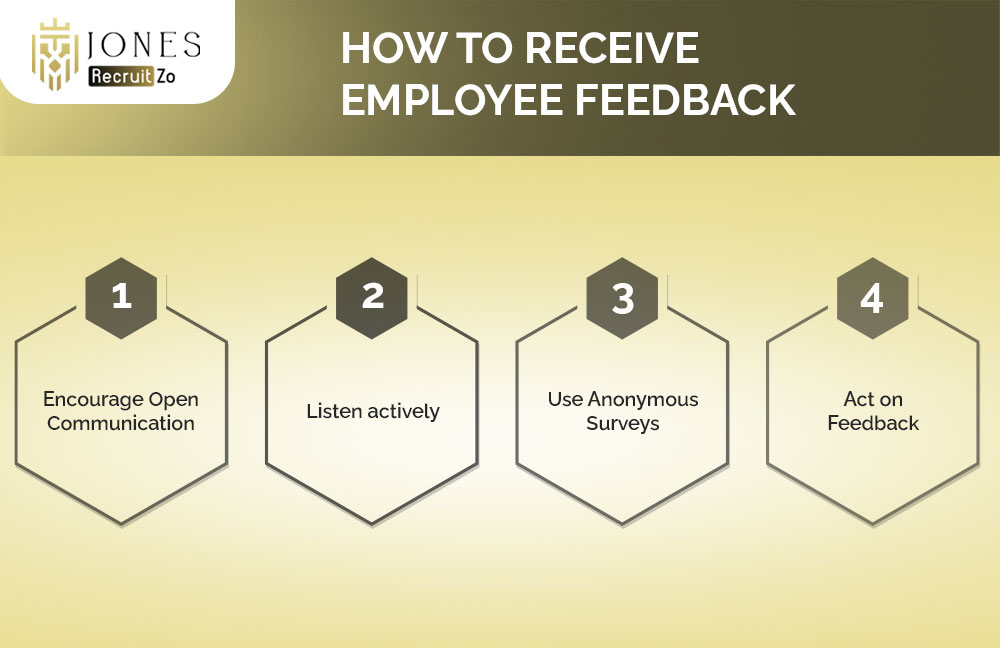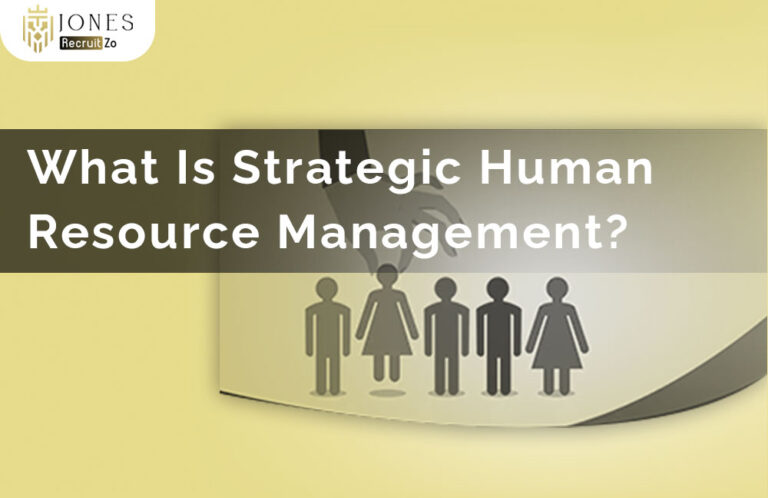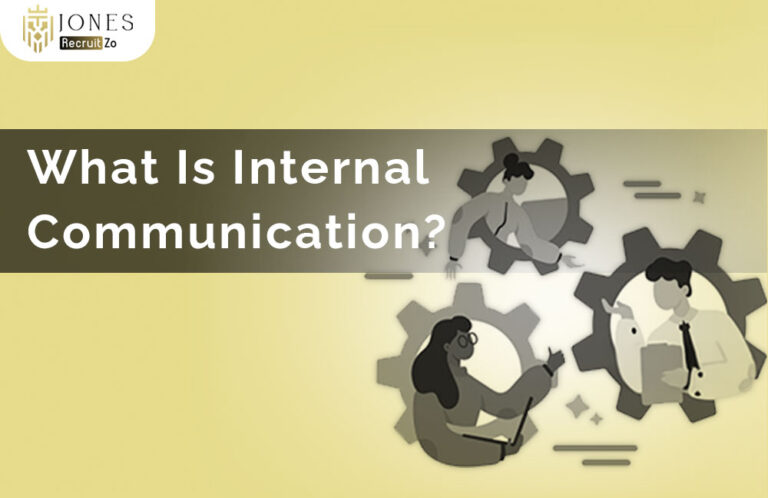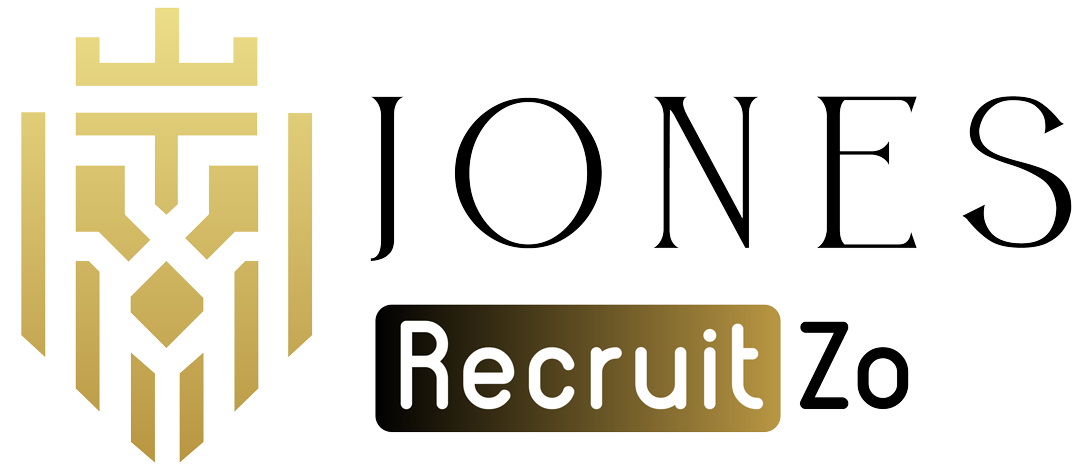What is Employee Feedback?
Employee feedback is everything concerning an employee’s performance, behaviour, or contribution to the company. Hence, employee feedback serves as an important communication tool for the manager, the peers, and the employee to discuss the person’s achievements, areas that need improvement, and growth in general.
Effective employee feedback is a pillar upon which a great work culture is built, collaboration is nurtured, and further development continues.
Why is Employee Feedback Important?
Employee feedback plays a crucial role in building a productive and positive work environment. By providing regular feedback, organisations can foster growth, improve relationships, and ensure employees feel valued and supported.
-
Strengthens Workplace Relationships
When done effectively, employee feedback creates trust and strengthens working-professional relationships. Given regular feedback, employees feel valued, and in turn, managers seem to take an interest in their growth. Thus, open communication fosters unity and teamwork between employees and leadership alike.
-
Identifies Areas for Growth
Feedback provides employees with an understanding of their strengths and the shortcomings requiring development. By pinpointing the skill sets requiring development or the behaviours to be altered, feedback suggests developmental steps that employees can take. This type of feedback enables employees to assume responsibility for their own performance and enhance it.
-
Improves employee performance and productivity
When employees gain a proper understanding of how their contributions are beneficial to the company’s success, performance improvement becomes a motivational factor for them. These regular feedbacks provide employees with guidance that is more precise and practical in the improvement of the refinement of their skills to meet expectations and thereby enhance productivity.
-
Enhances Employee Engagement
Feedback encourages engagement since it builds a culture of listening, in which employees feel heard and supported. Employees who get meaningful feedback are much more likely to remain committed to their role, build good relationships with their peers, and participate in other initiatives.
-
Increases Employee Retention
Employees who feel recognised and guided will be more loyal to the company. Through regular feedback, positive or negative, companies show that they are interested in their employees’ growth, thus increasing retention rates and reducing turnover.
Types of Employee Feedback

Employee feedback can take various forms, each serving a unique purpose in guiding performance and promoting growth. Understanding these types helps organisations deliver feedback more effectively, ensuring employees receive the right support at the right time.
-
Positive Feedback
Notice and appreciation are what positive feedback recognises in part from a praise for an employee’s achievement or merit. The celebration or acknowledgement makes the employee feel that he is valued, which would increase his morale and strive to improve his performance.
-
Constructive Feedback
This would mean that you will have different types of feedback. This feedback process is for guiding an employee in developing ways to overcome challenges to do better work or align with organisational goals. Constructive feedback is best for showing employees improvement in specific skill areas or behaviour.
-
Informal feedback
Everywhere casual, spontaneous, unscheduled input: informal feedback happening in the course of a day to say open conversation or informal compliments can reflect the culture of learning continuously without necessarily formalising it in the meetings.
-
Formal feedback
In formal feedback, the formal reviews take place at a specific time and are in a structured process. Performance and expectation discussion, in particular, takes place through appraisal or evaluation sessions.
-
Peer-to-Peer Feedback
Peer feedback allows employees to give advice to one another about their performance: one basis for helping to reinforce responsible relationships among each other by making it possible for colleagues to give such constructive comments or praise.
-
360-Degree Feedback
360-degrees feedback gives the performance information by collecting it from all different parties in the company: management, peers, and employees. This way, a person can develop a more comprehensive view of their strengths and weaknesses.
How to receive employee feedback?

Creating an work environment where employees feel comfortable sharing their thoughts is essential for gathering honest and valuable feedback. Implementing these strategies will help organisations to receive feedback from employee.
-
Encourage Open Communication
An open line of communication would ensure true employee feedback. Managers should keep themselves approachable so that employees feel safe sharing their thoughts without any kind of judgements or criticisms from the managers.
-
Listen actively
When it comes to feedback, active listening is very important. A manager should distract himself from all activities, pay complete attention to the speaker, acknowledge what he hears, and then follow up with questions to clarify concerns. It is a mark of respect for the employee’s point of view.
-
Use Anonymous Surveys
Anonymous surveys are secret ways of providing safe grounds for employees to give honest feedback without fear of negative repercussions. Especially, this technique is commonly used to have reporting of problem issues in the workplace, process improvements, or policies.
-
Act on Feedback
Feedback implementation is an act that proves to employees that feedback matters. By implementing their inputs or concerns, the organisation builds trust to demonstrate what it cares about making, an essential component, the workplace environment.
How to Give Feedback to Employees?

Providing feedback effectively is key to guiding employees toward improvement while maintaining their confidence and motivation. By adopting the right approach, managers can ensure their feedback is clear, constructive, and encourages positive change.
-
Be clear and specific with your feedback.
Direct, precise, and most importantly, narrow in scope regarding action or behaviour. Team members become confused with vague statements as opposed to clear feedback that will outline well and/or improvement areas.
-
Encourage Two-Way Communication
Feedback is a discussion; it is not a one-sided affair. Calling on employees to give their views, fears, or suggestions made it also worthwhile to get that feedback from them.
-
Focus on Performance
Keep comments quantitative regarding measured actions and performance outcomes instead of qualitative about personal characteristics. This keeps the entire dialogue constructive, under which employees can do well, positive modifications.
-
Keep It Private
Private delivery of soft or critical feedback should take place. This ensures respect for the employee concerned, saves him from public humiliation, and opens the path to a constructive solution-seeking discussion.
-
Provide feedback frequently
Feedback should be non-end-of-year but continuous: Periodic check-ins create the path for everyday development and the expected employee-company alignment.
-
Be supportive
A supportive approach to feedback leads to motivation for employees. They do this in a way that uplifts people instead of bringing them down. Balanced feedback between praise and helpful advice can inspire growth while keeping the relationship positive among the team.
FAQs
1) What is employee feedback?
Employee feedback is the input, assessment, or advice given to employees on their performance, behaviour, or accomplishments and aids in individual development and organisational productivity enhancement.
2) What are the four main types of employee feedback?
Positive feedback, constructive feedback, informal feedback, and formal feedback form the four main types of employee feedback. Each type has its own unique function or purpose from the vantage point of employee development.
3) What are the best ways to collect employee feedback?
Some ways of effectively collecting employee feedback include anonymous surveys, one-on-one meetings, employing feedback software, and promoting open discussions in team meetings.
4) What is the best way to give feedback to employees?
The most effective route for providing feedback is to be clear, specific, and supportive. Providing feedback in a confidential setting with an emphasis on behaviour and performance creates two-way exchanges that reinforce positive and constructive outcomes.









